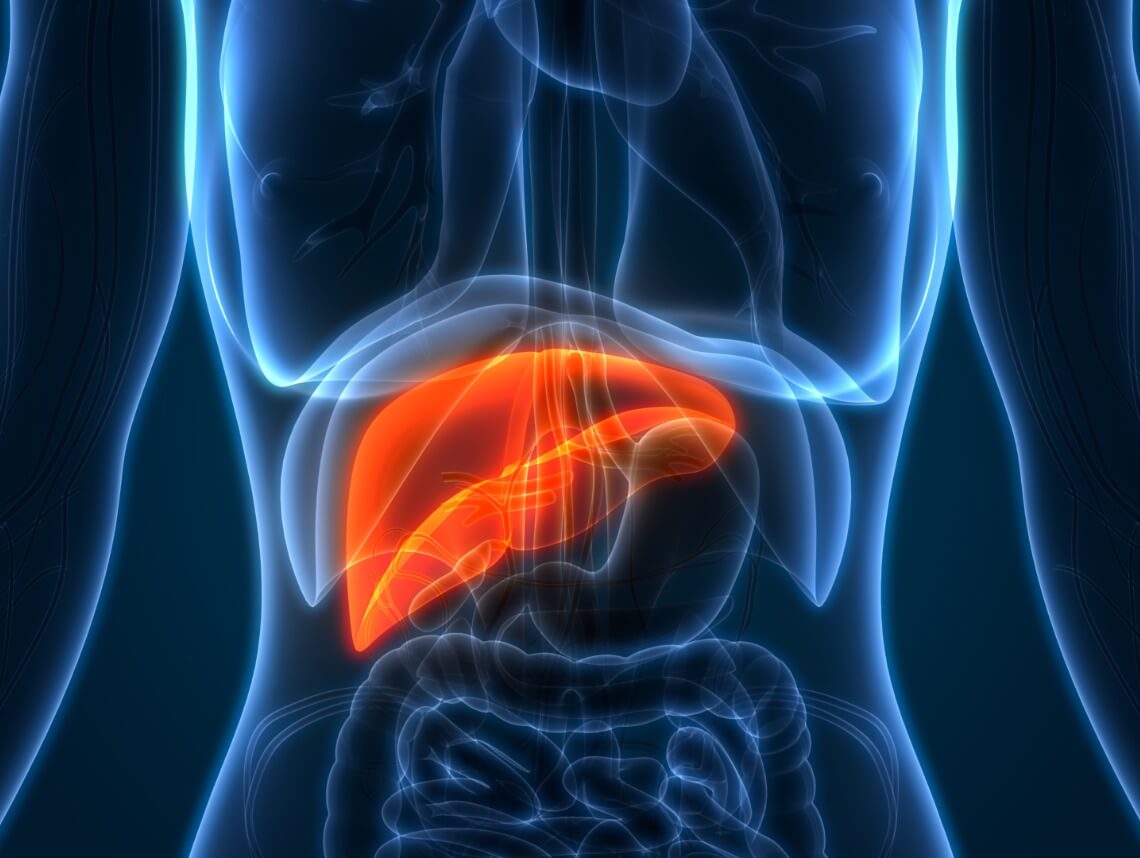If you are a parent, you want the best for your child, including their health. This is why it can be so distressing and concerning to receive a diagnosis for a rare disease or condition. The uncertainty around treatment and long-term health is a common source of anxiety, and it is normal to feel this way.
Although biliary atresia is a relatively rare condition, it is highly treatable, particularly if it is diagnosed early. By learning more about the causes, potential complications, and long-term care options, you can take control of your family’s treatment journey. We created this helpful overview so you can make the best and most informed decision for treatment and care for your little one if he or she has been diagnosed with biliary atresia.
What is biliary atresia?
Biliary atresia is a rare disease that affects the liver and bile ducts of infants. The term biliary means relating to bile or bile ducts. The term atresia means either absence or any abnormal narrowing of a passage or opening in the body.
With biliary atresia, the ducts that carry bile from the liver to the gallbladder become blocked. Bile is a greenish-yellow fluid consisting of waste products, cholesterol, and bile salts that assist in carrying away wastes and helps break down fats during digestion. The resulting buildup of bile in the liver can cause jaundice, or yellow skin, and long-term liver damage, known as cirrhosis. Biliary atresia is a serious condition that requires immediate treatment, but surgery and other treatments are able to successfully treat a large number of cases.
Biliary Atresia Causes
Biliary atresia occurs in approximately one in 10,000 to 15,000 births. The causes of this condition are still not fully understood. Doctors have identified congenital birth defects, as well as side effects from certain viral infections where the immune system attacks the bile ducts as potential causes.
Biliary Atresia Risk Factors
Biliary atresia affects females slightly more than males. Researchers have been unable to identify a link between family inheritance or genetics, and there is no known association between medications taken during pregnancy and the development of biliary atresia.
Biliary Atresia Symptoms
The most common symptoms of biliary atresia are:
- Jaundice, or yellow skin that is caused by a high level of bile pigment, or bilirubin, in the bloodstream that typically begins to develop at three to six weeks of age
- Dark-colored urine due to the buildup of bilirubin
- Stools that are pale, have a foul smell, and will float in the toilet
- Developmental and growth delays
- Irritability and fussiness
Biliary Atresia Complications
The single most significant long-term complication of biliary atresia is liver damage due to bile buildup. This can result in spleen enlargement, water retention, risk of infection, internal bleeding, and other issues. Many babies born with biliary atresia will eventually require a liver transplant even if the condition is treated successfully with other procedures. Thanks to advances in treatment, the number of children who can avoid complications and develop relatively normally has grown considerably.
Diagnosing Biliary Atresia
Biliary atresia is usually diagnosed after identifying any of the above symptoms, particularly jaundice. Blood tests, abdominal X-rays, liver biopsy, and other diagnostic procedures can then be used to positively diagnose biliary atresia as the underlying cause of liver problems. In some cases, exploratory diagnostic surgery will be required.
Biliary Atresia Treatment
Currently, the primary treatment for biliary atresia is a surgical procedure called hepatoportoenterostomy. This is also called a Kasai procedure. This form of surgery involves removing the damaged bile ducts and opening up functioning bile ducts in the liver using existing tissue.
This procedure typically involves an extended hospital stay as well as long-term antibiotic therapy to reduce the risk of infection. Although some children with biliary atresia do not need a liver transplant, this condition is the number one reason for liver transplantation among children.
Special diets are a common recommendation for children with biliary atresia, including supplementation to ensure patients receive enough calories and nutrients.
Caring for a Child with Biliary Atresia
Children with biliary atresia have highly specialized care needs, including nutrition and antibiotic regimens. In many cases, pediatric home health services can help ensure that children with this condition receive the care and attention they need. This is particularly true for families with busy schedules and/or limited family members.
From accompanying your little one to appointments to helping with feeding, administering medication, and assisting with daily activities, a qualified home health professional can help your family with a wide range of care needs.
Contact Care Options for Kids For Pediatric Home Health Care
It can be hard to balance your time between work, home, and caring for a child. That’s why our team of skilled professionals at Care Options for Kids is here to help.
Our home health care services offer support in the comfort of your home. We refer loving and competent nurses to provide customized care for families — from a few hours a day to around-the-clock supervision. Contact us directly to speak with a home health care professional or request a free in-home assessment. Together we can determine the best plan of action to keep your loved ones happy and healthy.
If you are considering pediatric home health care services, contact the caring staff at Care Options for Kids. Call today at (888) 592-5855.






